Editor's note: On the occasion of the 50th anniversary of national reunification, VietNamNet newspaper introduces a series of articles with the theme "April 30 - a new era". Here, experts, military experts, and historical witnesses shared memories, lessons, and experiences from the victory of the resistance war against the US to save the country. That is the strength of national unity, the lesson of mobilizing people's strength, gaining international support; diplomatic and military lessons in the resistance war for the task of protecting the Fatherland early and from afar. That is the creativity, resilience, and strength of the people's war for the cause of national liberation, a great lesson in promoting internal strength for the cause of building and protecting the Fatherland. VietNamNet invites readers to "visit" political bases in the heart of the enemy: Cu Chi tunnels, Rung Sac war zone, Vuon Thom base, Ban Co labor area, commando bunkers in Saigon's inner city... |
In Ho Chi Minh City today, many secret wartime locations have been made public.
These are locations with dark tunnels and secret passages that silently witnessed the activities of Saigon's special forces.
Every day, hundreds, thousands of people rush past memorials and museums, but few slow down or stop to learn what a generation of brave people went through.
Do Phu Coffee Shop - Dai Han broken rice at house number 113A Dang Dung, Tan Dinh ward, district 1 is such a place... The shop is also known as "Biet Dong Coffee".

This used to be one of many houses that in the past, the commando soldier, Hero of the People's Armed Forces Tran Van Lai (aka Nam Lai, Mai Hong Que, Nam U.SOM...) used as a base to prepare for the General Offensive and Uprising in the Spring of Mau Than in 1968.

The wooden house was built in the 1940s. Before 1975, this was the place where Mr. Do Mien and his wife, Mrs. Nguyen Thi Su, sold coffee and broken rice.
"Du Fu" means the Du family's mansion (house). The restaurant is named Dai Han broken rice because it is a familiar gathering place not only for residents but also for Korean soldiers (Korean soldiers who fought in the Vietnam War) in the nearby Cong Binh residential area.
However, customers coming to this simple restaurant could not have imagined that this place was actually used by the revolutionaries as a shelter, a liaison, a meeting place, a place to deliver letters and secret documents, and to hide cadres...
Visitors who come to visit or drink coffee will see evidence of a time of secret but vibrant revolutionary activities. This place also preserves many writings of leaders who have visited.

Many pictures of Mr. Do Mien and Ms. Nguyen Thi Su at the secret mailbox house are kept here.

The wall between houses 113A Dang Dung and 113B Dang Dung is a floating bunker to hide letters, documents, medicine, money, gold... The floating bunker is less than 20cm wide, camouflaged under a wooden floor, designed and built by Mr. Tran Van Lai himself.

On the second floor there is also a secret cellar 3 meters deep, just enough for one person to crawl into. This cellar is camouflaged under the bottom of the wardrobe.

When there was a commotion, the commandos went inside the locked cabinet, opened the hatch and escaped to the road behind the house.

Right next to the sink in the kitchen area, there is a brick space where the liaison soldiers hide documents. Every night, Ms. Nguyen Thi Su brings the documents upstairs, then waits to hand them over to another soldier...
Not far from Do Phu Coffee is the Saigon - Gia Dinh Special Forces Museum at 145 Tran Quang Khai, District 1. This is a 3-storey house built in 1963. During the resistance war against the US to save the country, this house was also built by Mr. Tran Van Lai, with the appearance of a facility serving the work of interior contractor and construction contractor for the Independence Palace.
But at the same time, the house also served the secret missions of the Saigon special forces such as meetings, exchanging letters, documents, providing money and gold to the war zone...

After 1975, the owner divided the house into 3 units to sell to others. Currently, Mr. Tran Van Lai's family has bought back the ground floor and the remaining two floors to build a museum and collect artifacts since the end of 2019. On June 21, 2023, the museum was granted an operating license.

The most touching thing in the museum is the memorial wall with images of Saigon commandos of the past, solemnly preserved.

Not only contributing to preserving historical memories, with infinite gratitude, a Memorial Wall was solemnly built in the cozy space of the Museum to pay tribute and commemorate the heroic martyrs of Saigon - Gia Dinh Special Forces who sacrificed their lives for the Fatherland.
Currently, there are collections with images and about 300 valuable artifacts about the formation and development of the special forces, including: secret bunkers containing weapons and hiding troops; vehicles used by special forces soldiers for travel and activities; weapons; household items; production tools of Mr. Tran Van Lai; communication equipment...
Each artifact tells a story about the commando soldier, such as Mr. Lai’s woodworking tools - a profession that helped him camouflage himself and enter enemy strongholds without arousing suspicion. The leather sofa on the ground floor was designed for Mr. Lai to hide weapons inside. There is also a military radio, a typewriter once owned by Nguyen Van Thieu, an accordion and motorbikes used to deliver secret messages...
A few blocks from the Saigon - Gia Dinh Special Forces Museum, located right on the front of one of the most expensive streets in District 1, the 3-storey house at 368 Hai Ba Trung, District 1 is currently closed and not for business like the surrounding houses. In front of the house is the flag of the National Liberation Front of South Vietnam, half red and half blue with a yellow star in the middle.

In the past, the location was the Phu Xuan - Vinh Xuan gold leaf shop, which existed since 1930. Later, this was also an intelligence liaison base, contributing financially to the Saigon special forces.
In this house, there are still underground and vertical bunkers containing documents, gold and money, and hiding Viet Minh cadres from the time of fighting against the French and the Americans.

Currently, this relic site is in the process of restoration, aiming to recreate a historical period of Ho Chi Minh City.
A place that preserves memories of Saigon commando soldiers in the past is house number 287/70 Nguyen Dinh Chieu street, district 3.
This house was bought by Mr. Tran Van Lai in 1966 and used as a secret weapons storage place and bunker for Saigon special forces.


The house has an area of about 35 square meters. When he bought it, under the pretext of needing to dig a manhole to make a toilet, Mr. Lai secretly built a basement, transported weapons from the suburbs to Saigon and hid them there.

The tunnel entrance at that time was camouflaged to look like a normal floor, making it very difficult to detect. The tunnel mouth was 60cm long and 40cm wide and was located near the stairs. The lid had a screw in the middle to be lifted up with a ring.

The basement is more than 8m long, 2m wide, 2.5m deep, with circular frames inside connected to drainage pipes for emergency escape.
After the Spring Battle of 1968, the enemy sent people to bombard the house because they suspected it was a shelter for the special forces. Later, the house fell into American hands, but they did not know there was a weapons bunker underneath.

The basement used to be the place to hide more than 350kg of TNT explosives, C4 explosives, 15 AK guns and 3,000 bullets, pistols, B40 guns, grenades... What's special is that the house is located right in the city center, just over 1km from the Independence Palace, but all activities of digging the tunnel, transporting and hiding weapons were kept secret and absolutely safe.

The Saigon Special Forces' Weapon Bunker relic was recognized as a national historical and cultural relic in 1988.
In addition to the above locations, the chain of relics about special forces also "extends" to the Citroen Garage at 499/20 Cach Mang Thang Tam, District 10; the Gio Long location at 166/8 Tac Xuat, Can Thanh town, Can Gio beach; the villa where the interior of the Independence Palace was constructed with a secret underground tunnel system under the villa containing weapons and hiding revolutionary cadres operating in enemy territory before 1975 at 8 Nguyen Thi Huynh, Phu Nhuan district...
Visiting museums and relics of Saigon special forces is not only a trip back to the past but also a journey of proud discovery of a historical period of the nation. Each story, each artifact makes us emotional and grateful to the special forces soldiers who fought and sacrificed for the Fatherland.
According to Ngan Anh, Khanh Hoa, Nguyen Hue, Dao Phuong (vietnamnet.vn)
Source: https://vietnamnet.vn/bi-mat-can-ham-duoi-day-chiec-tu-quan-ao-cua-biet-dong-sai-gon-2385789.html
















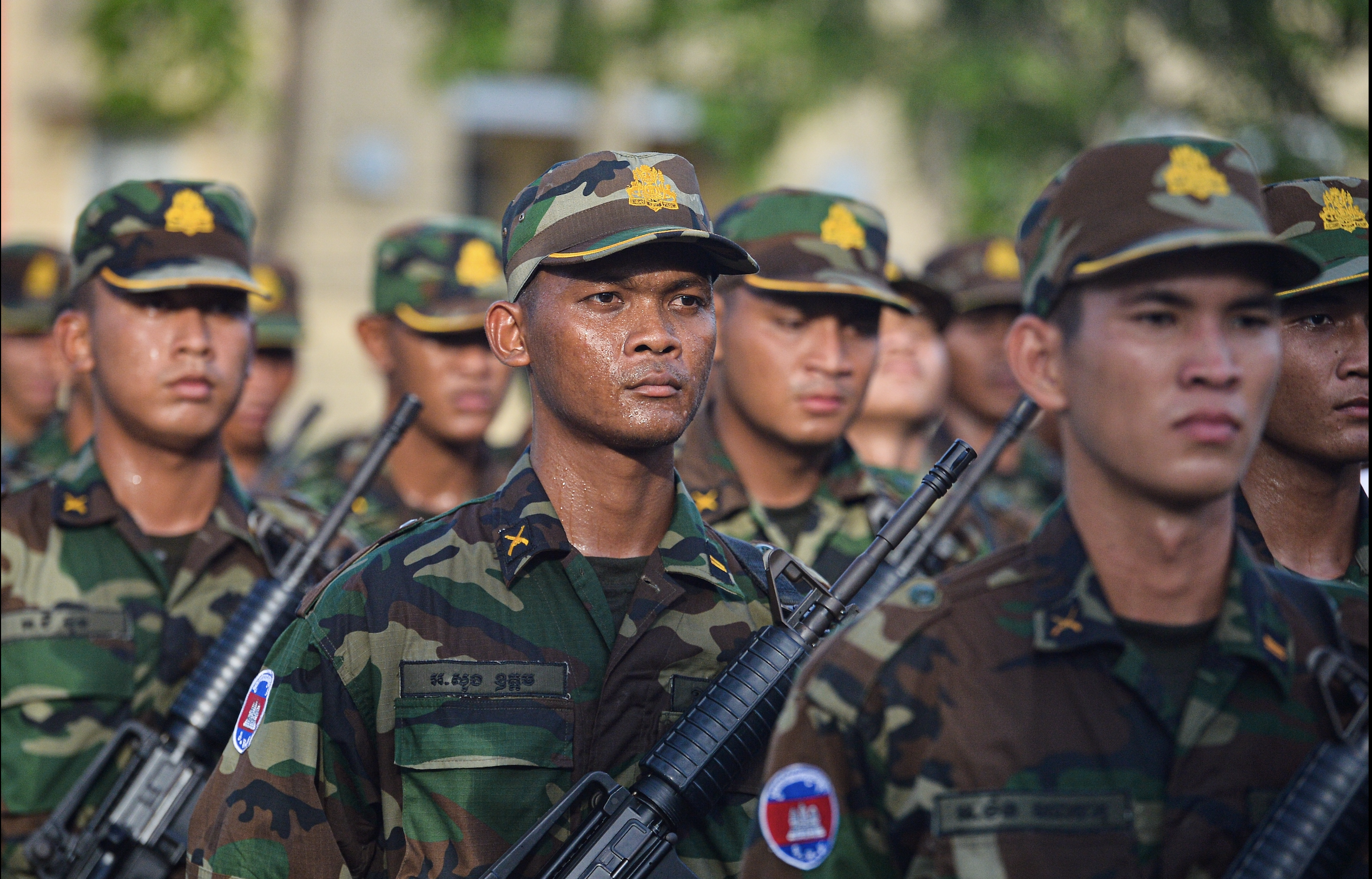
![[Photo] General Secretary To Lam attends the 80th Anniversary of the Cultural Sector's Traditional Day](https://vstatic.vietnam.vn/vietnam/resource/IMAGE/2025/8/23/7a88e6b58502490aa153adf8f0eec2b2)
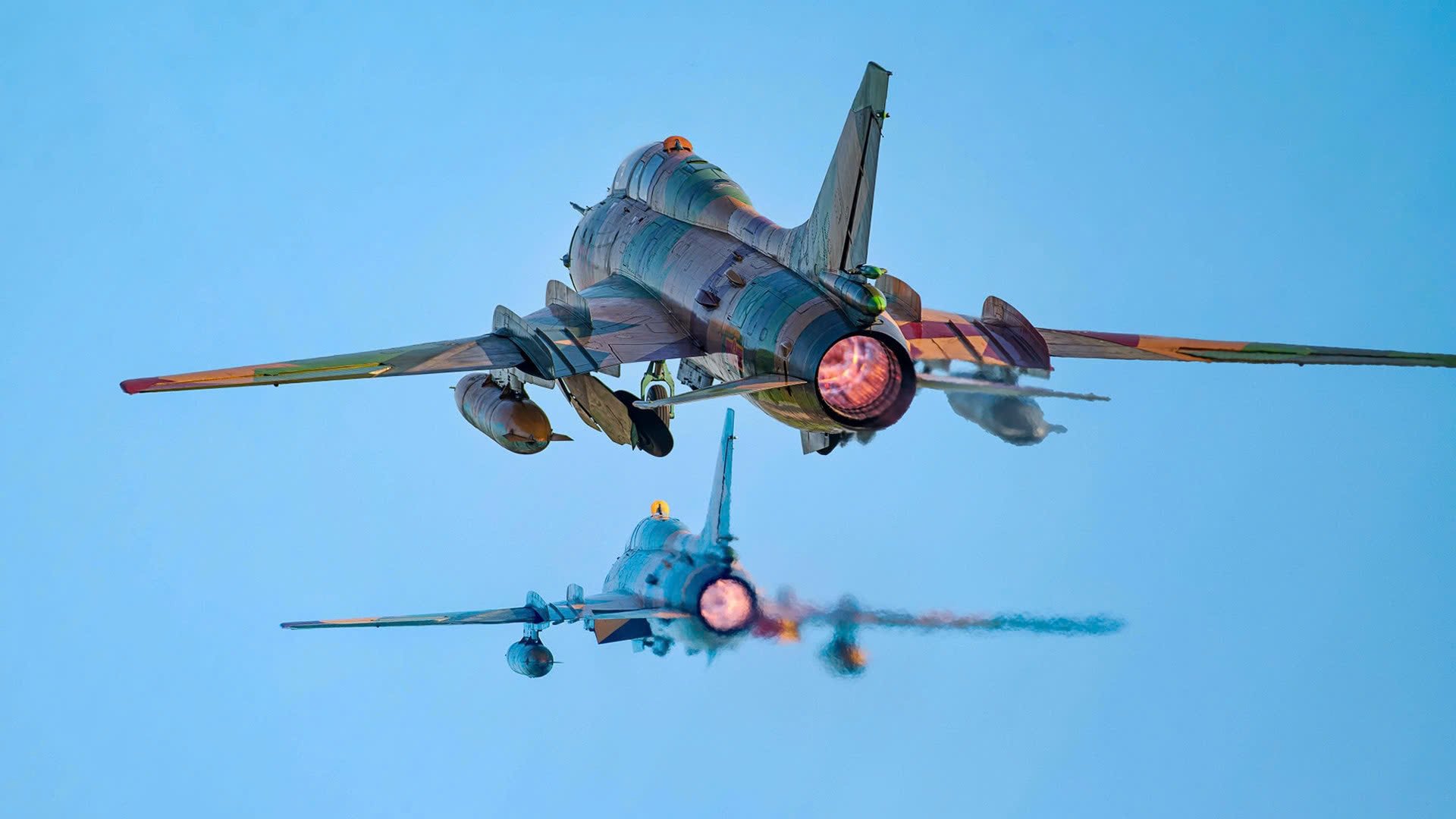
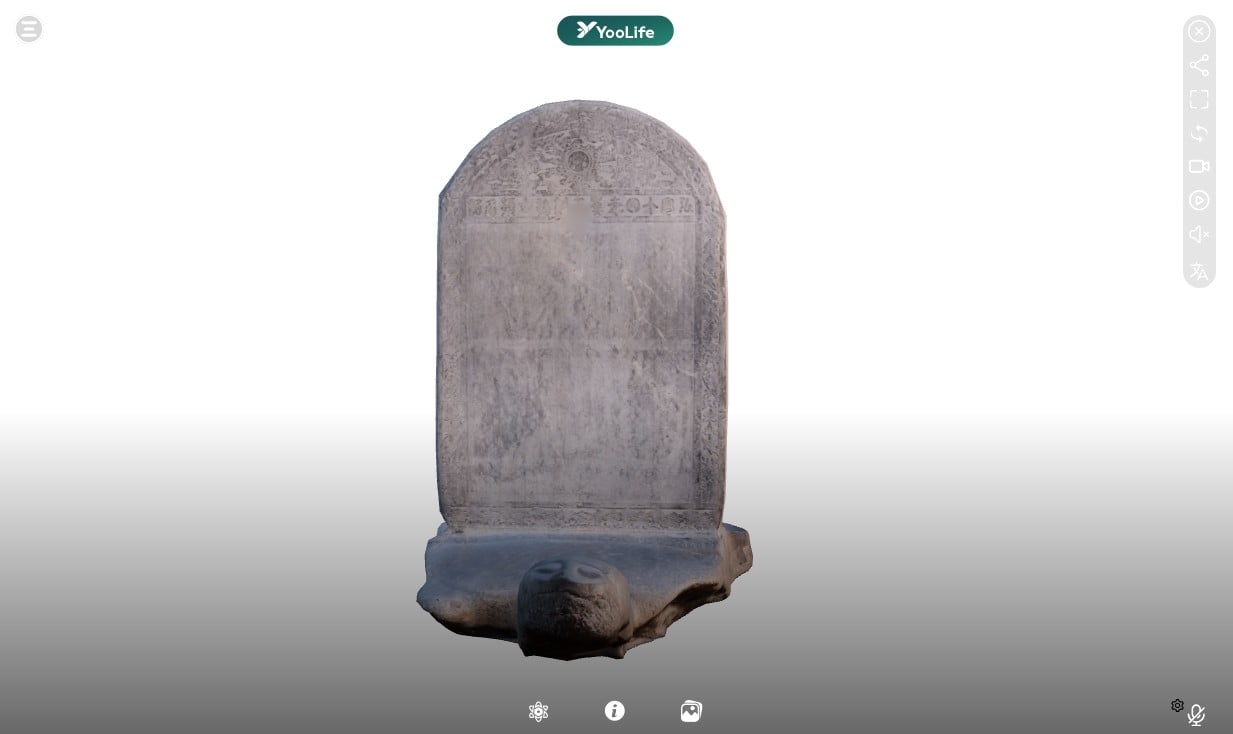

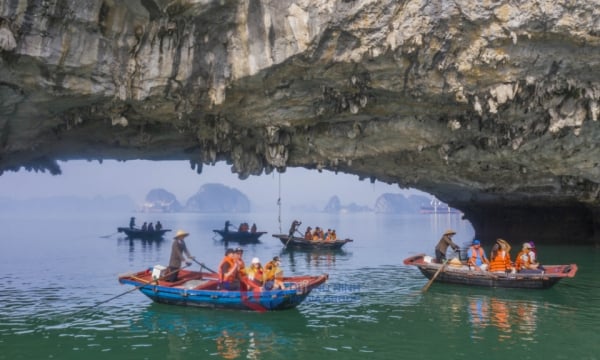

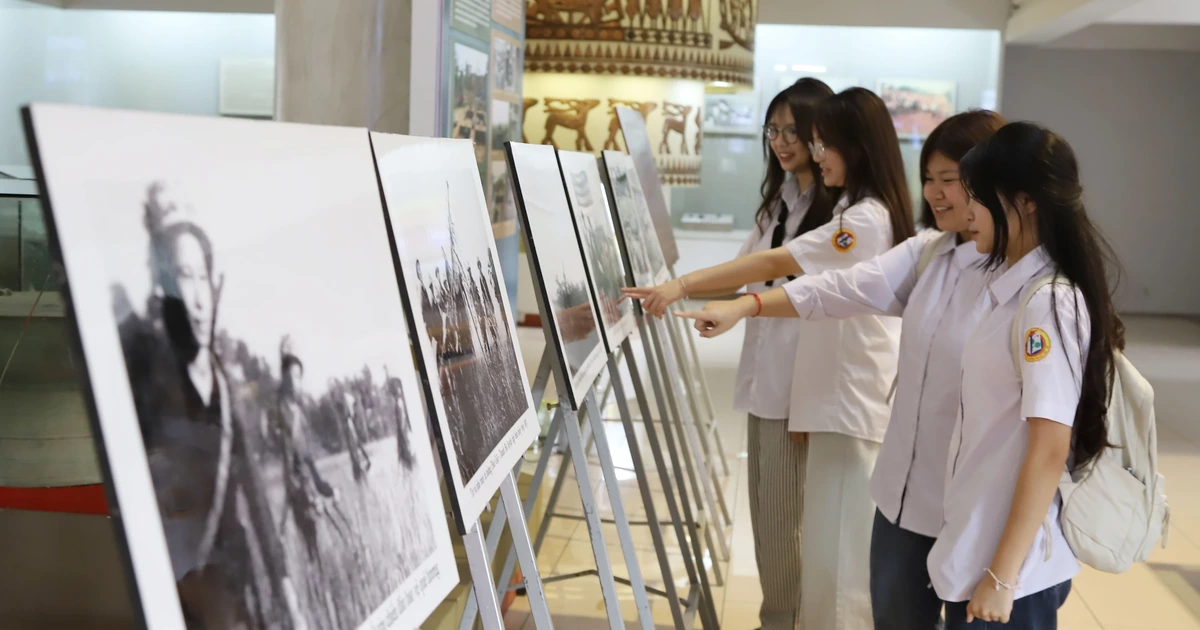

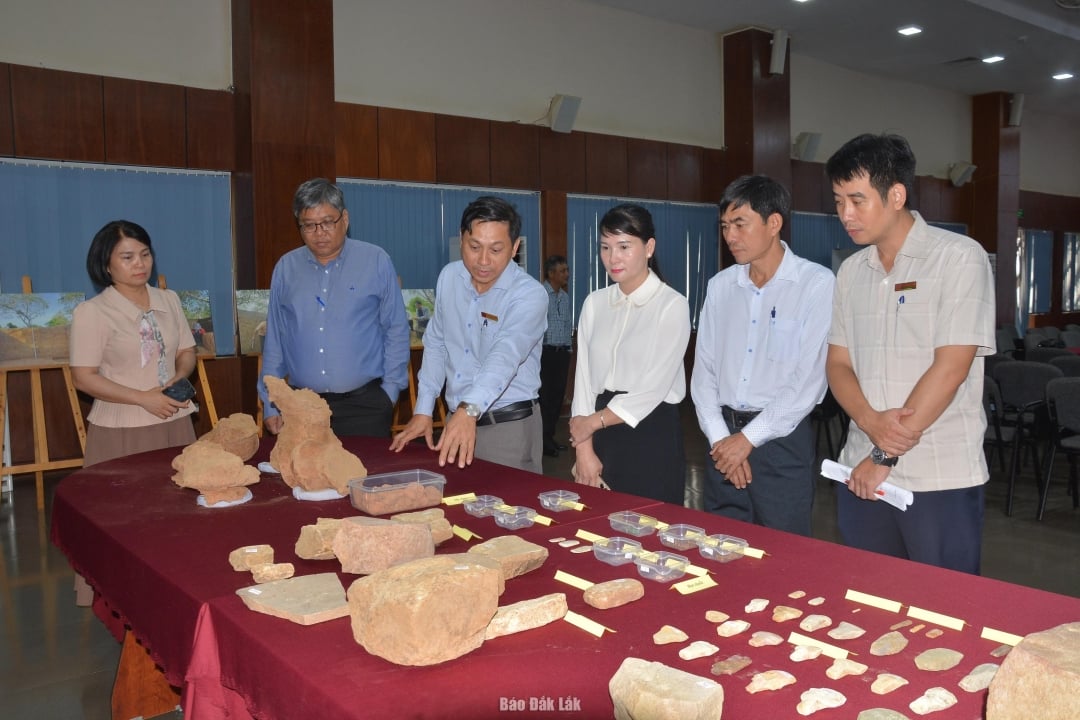



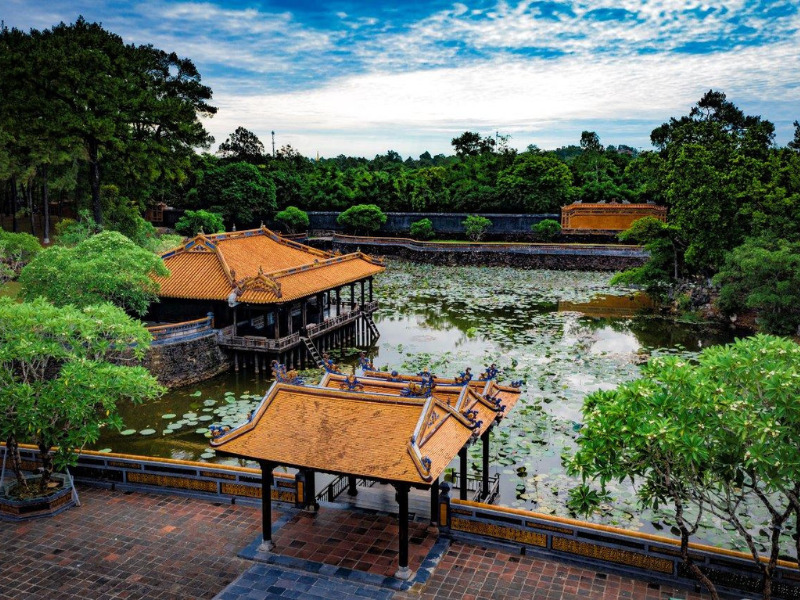





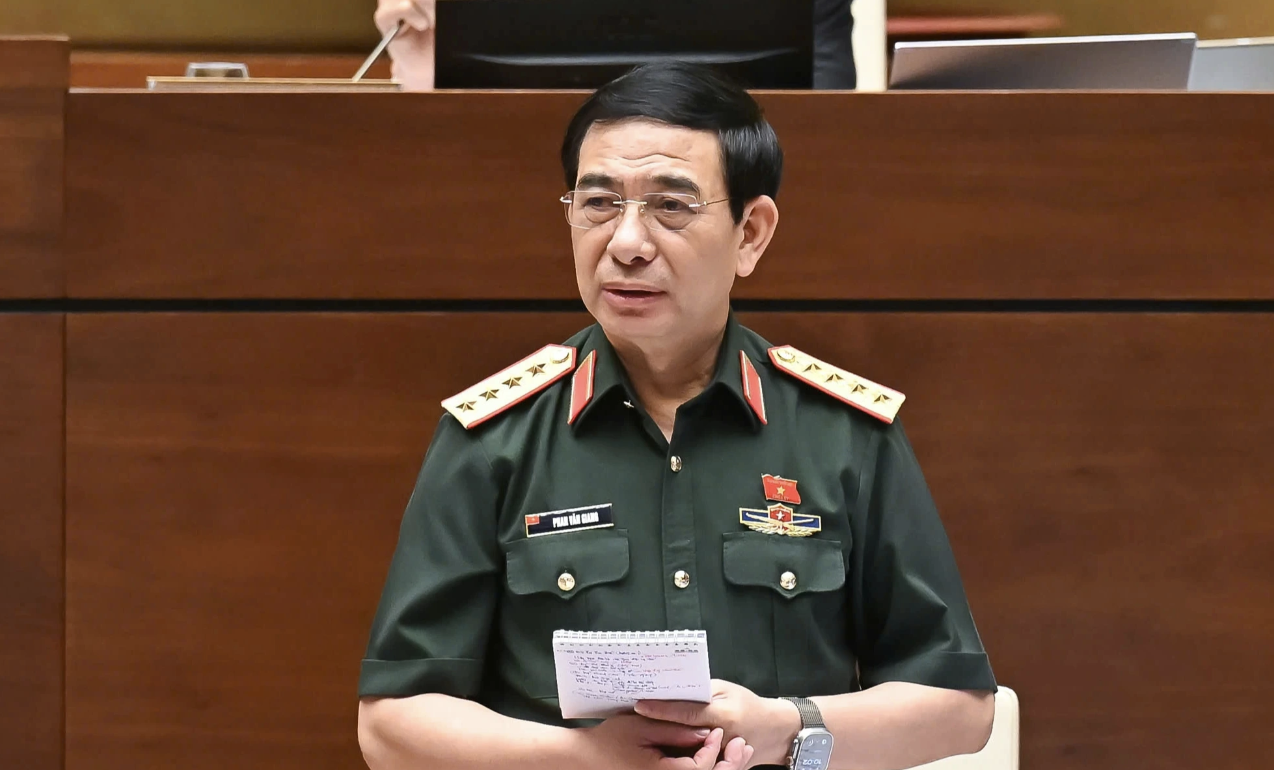

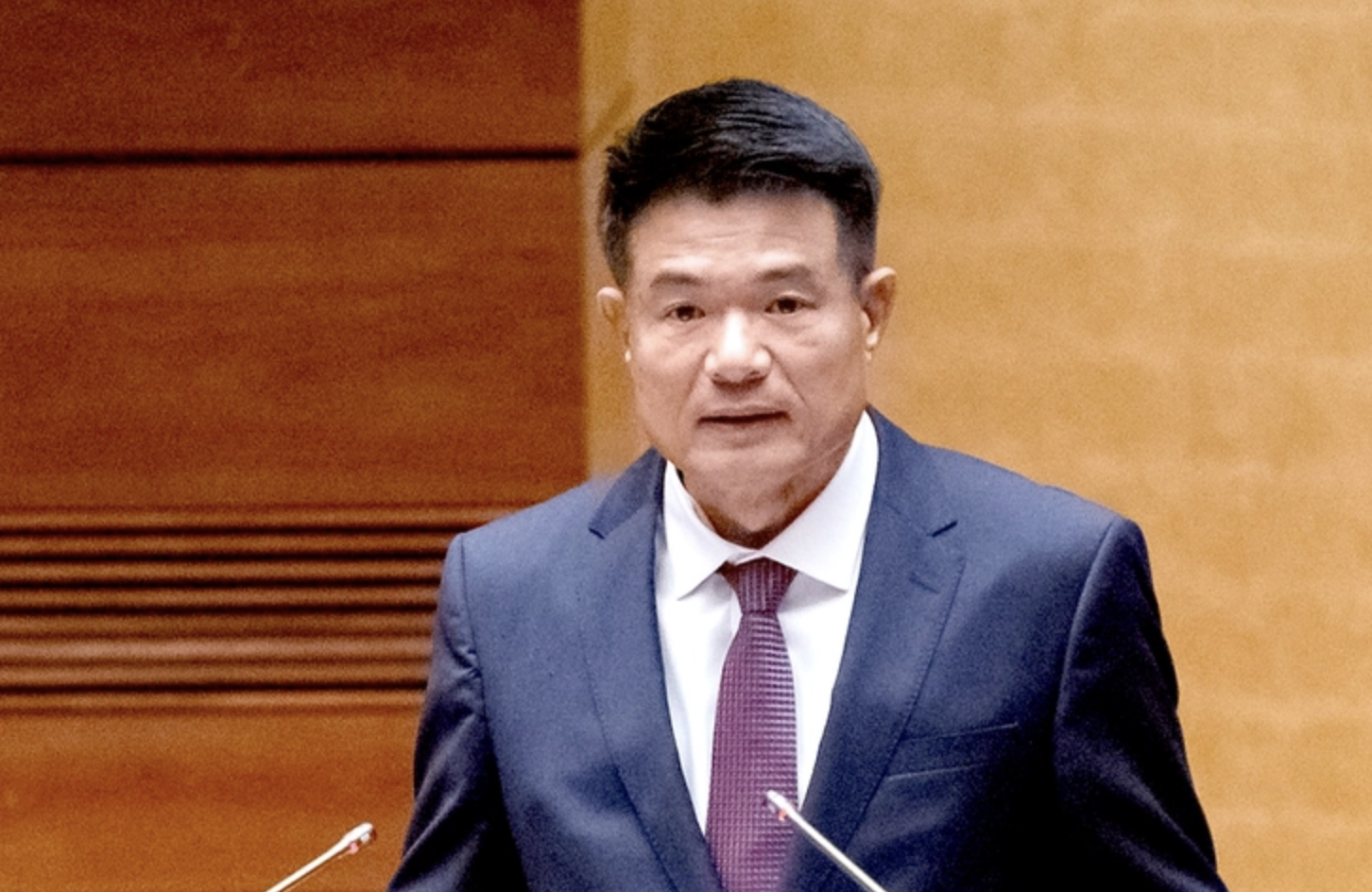

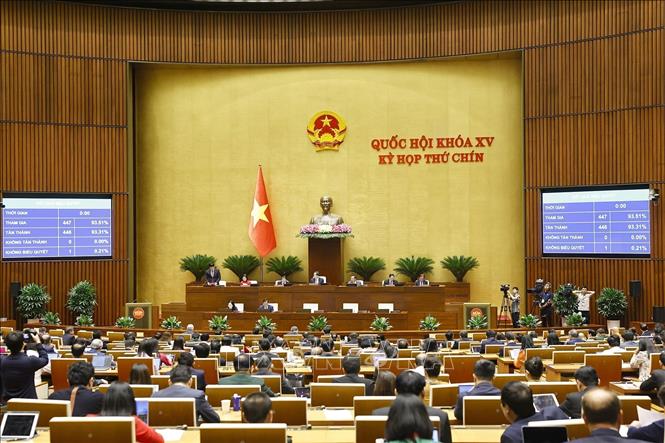




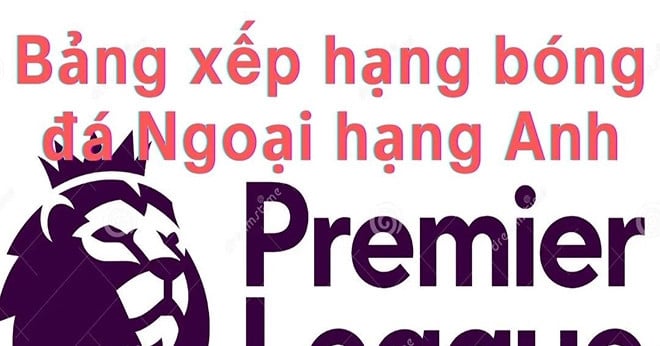
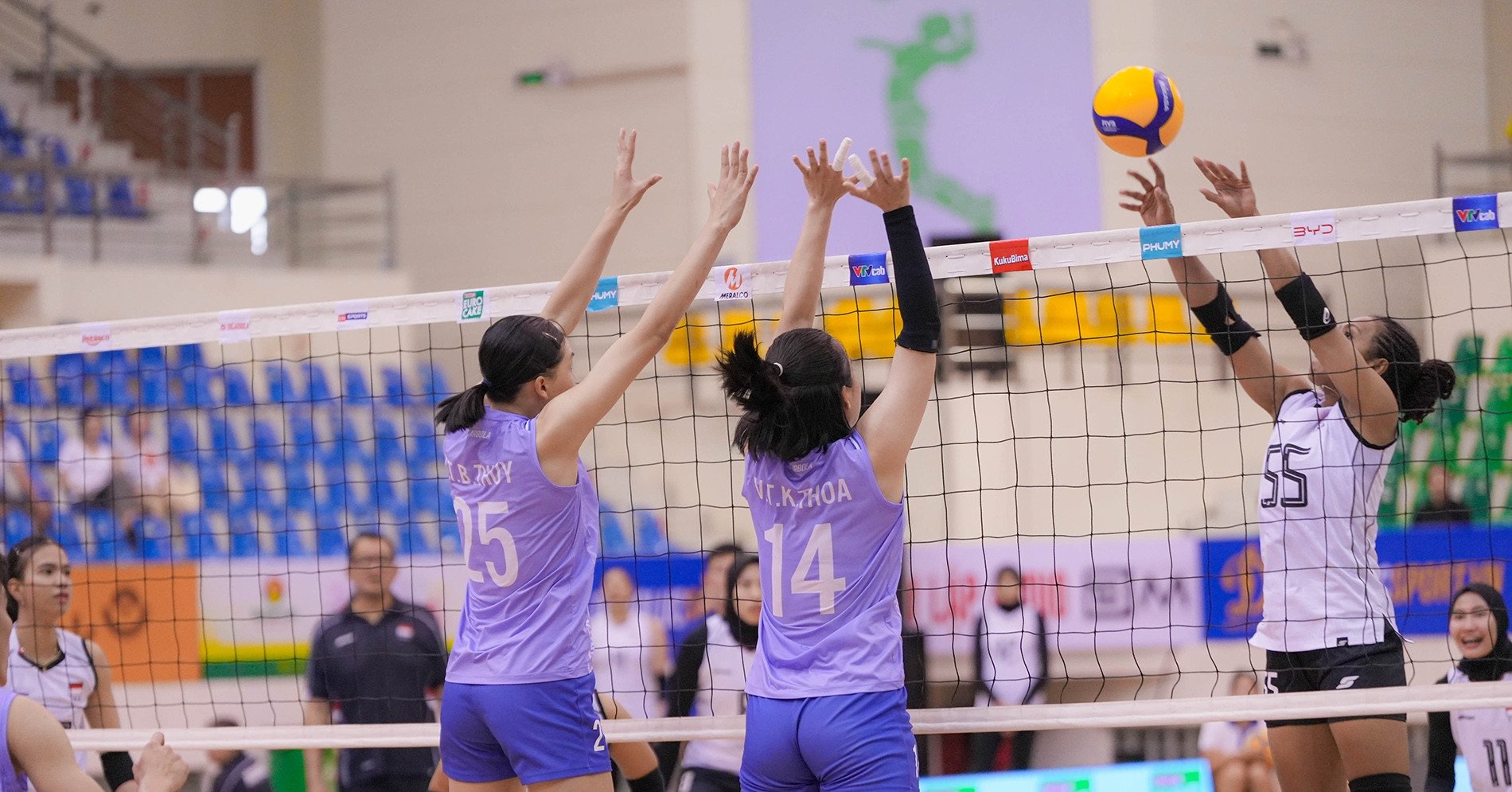
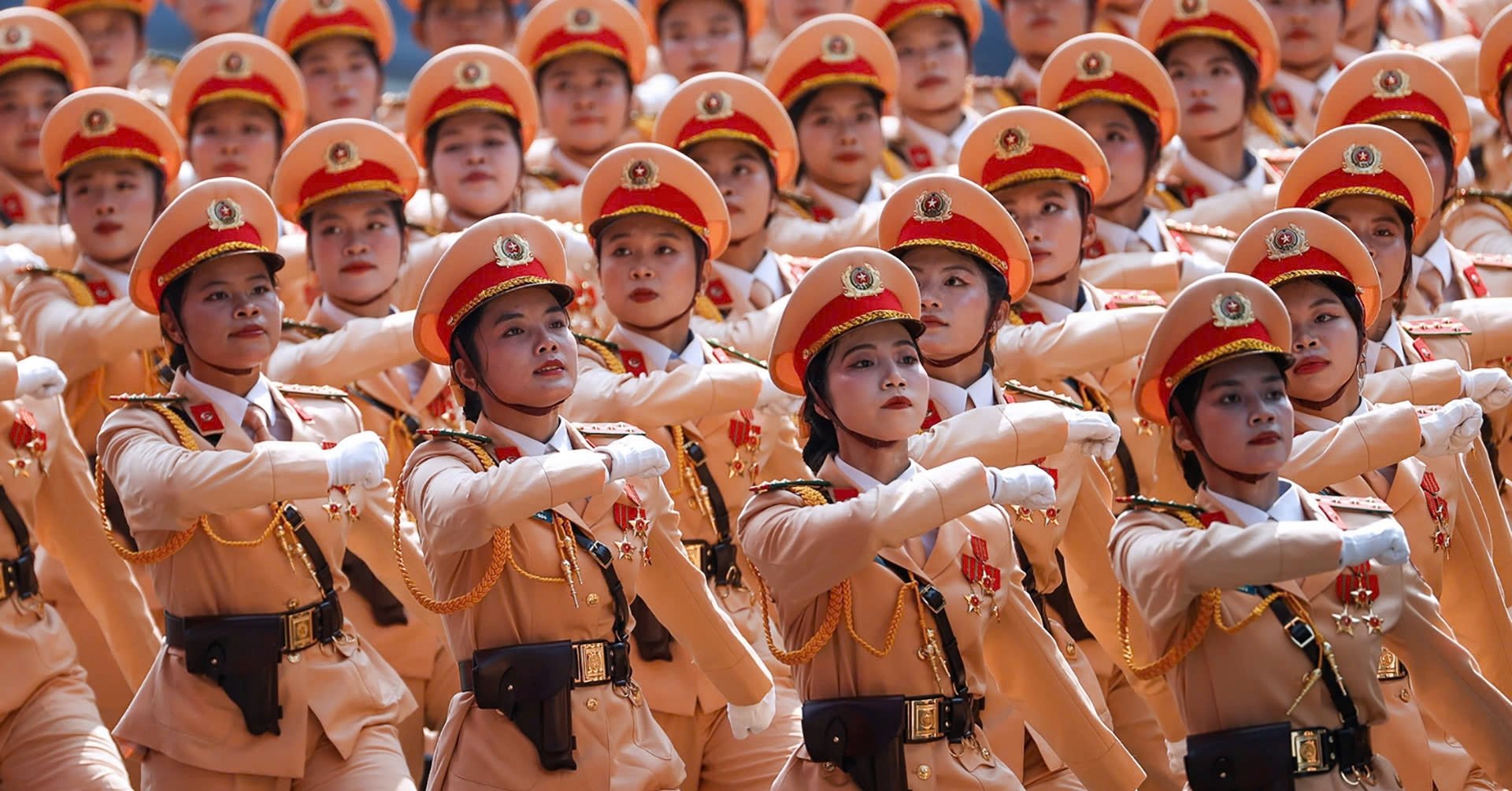
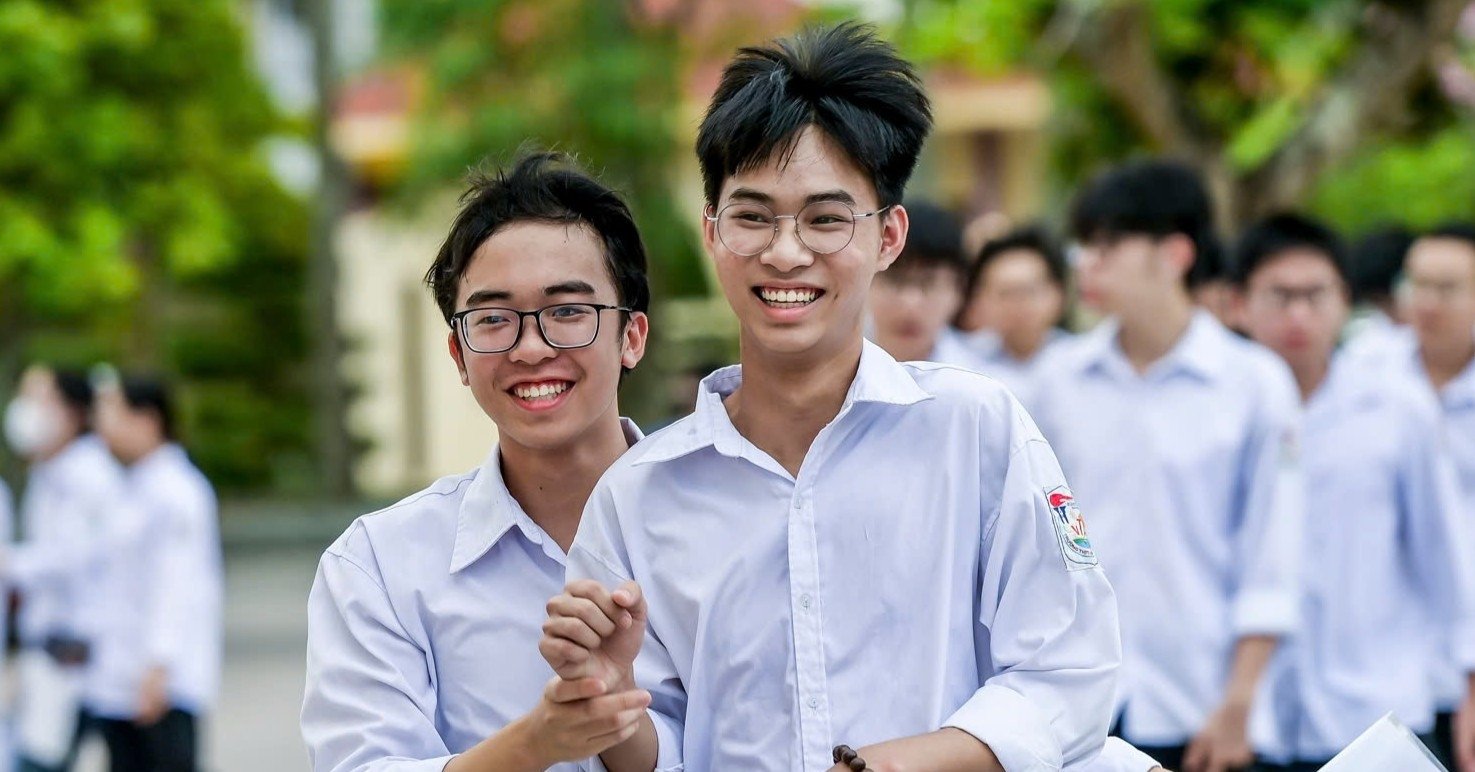
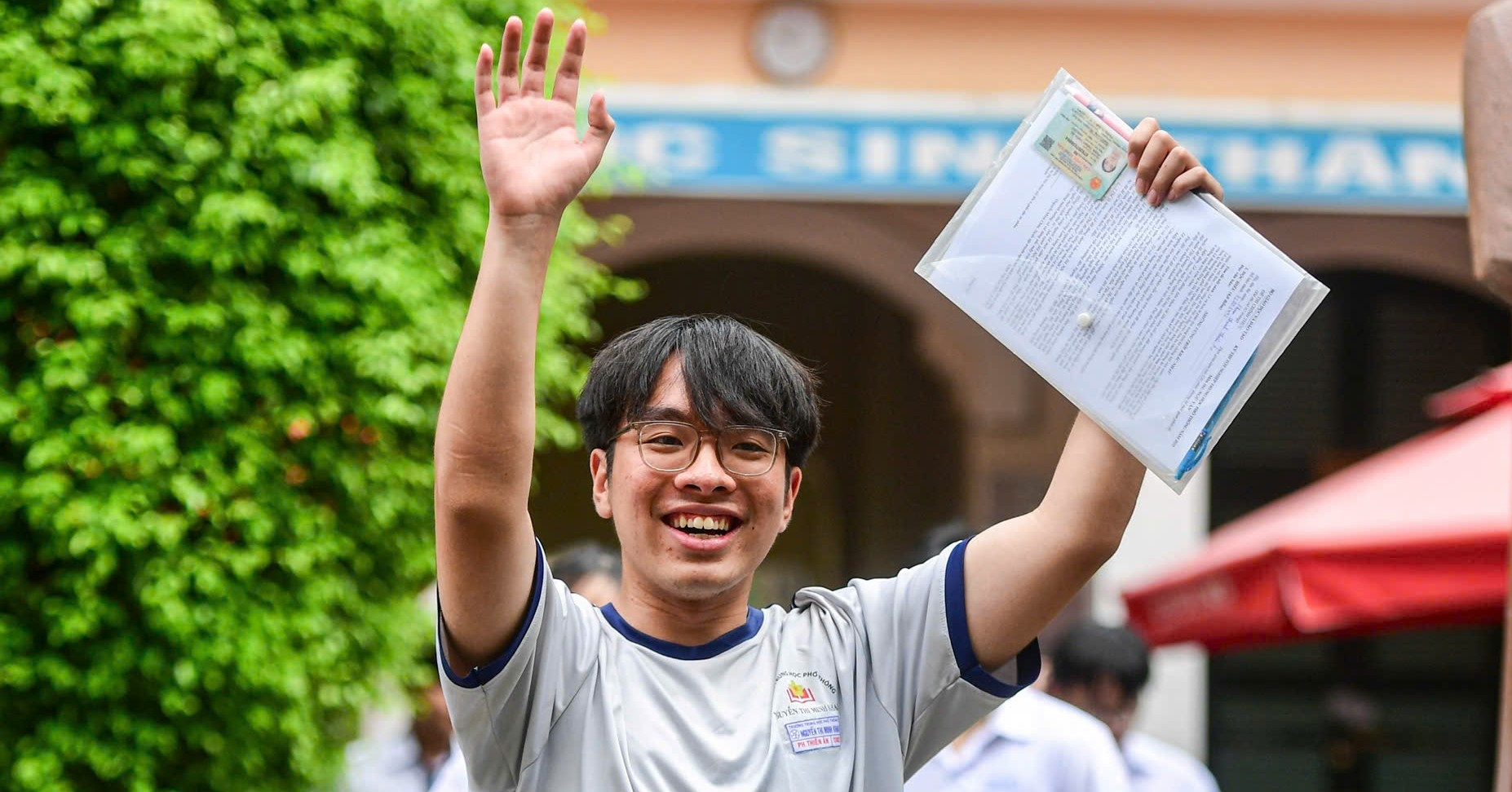
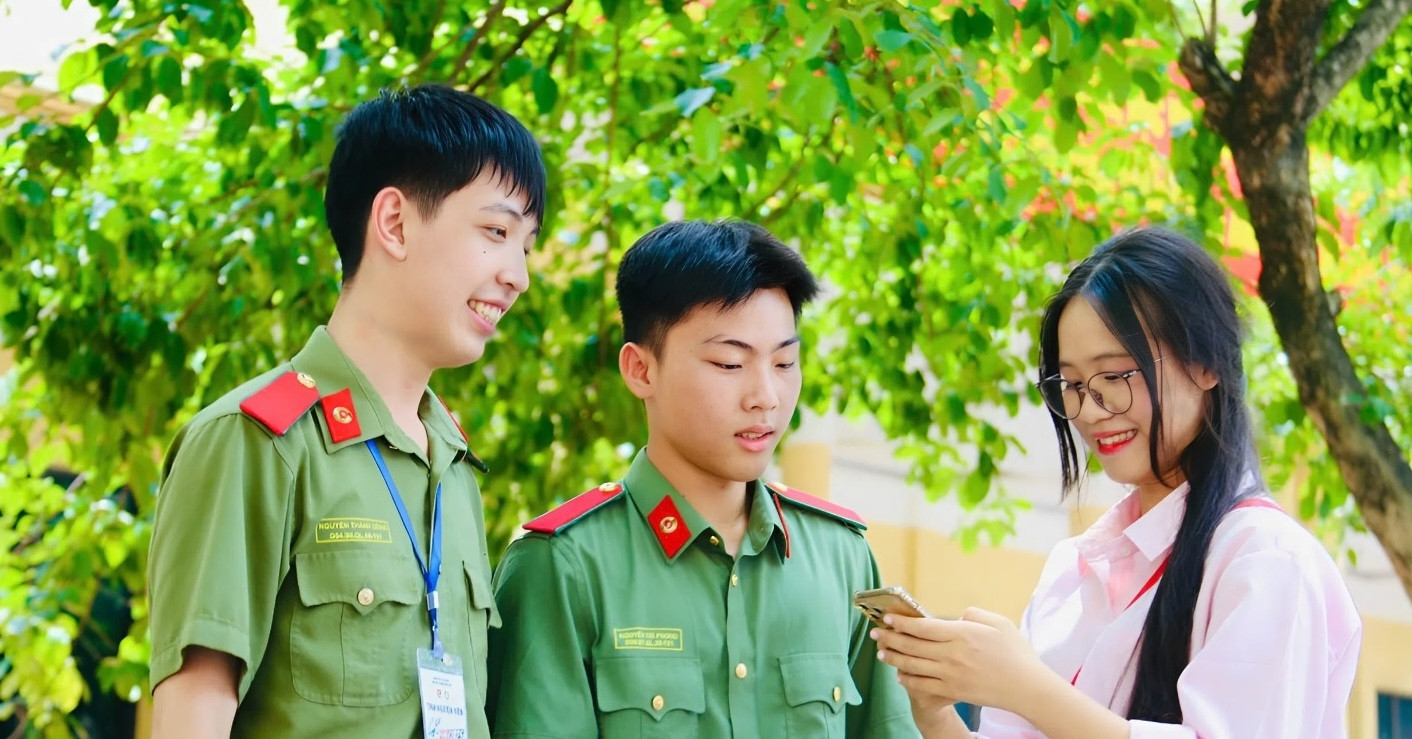
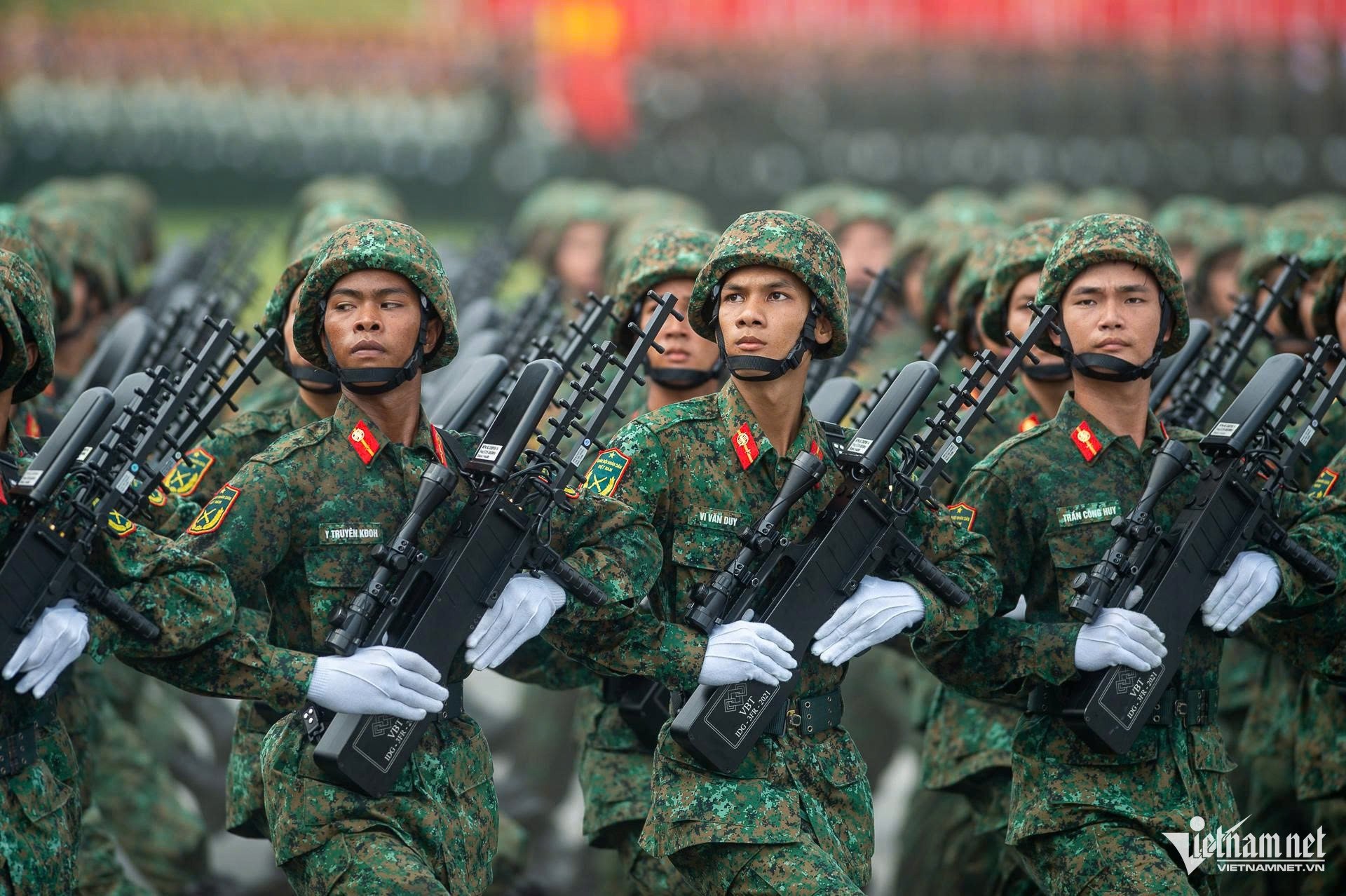































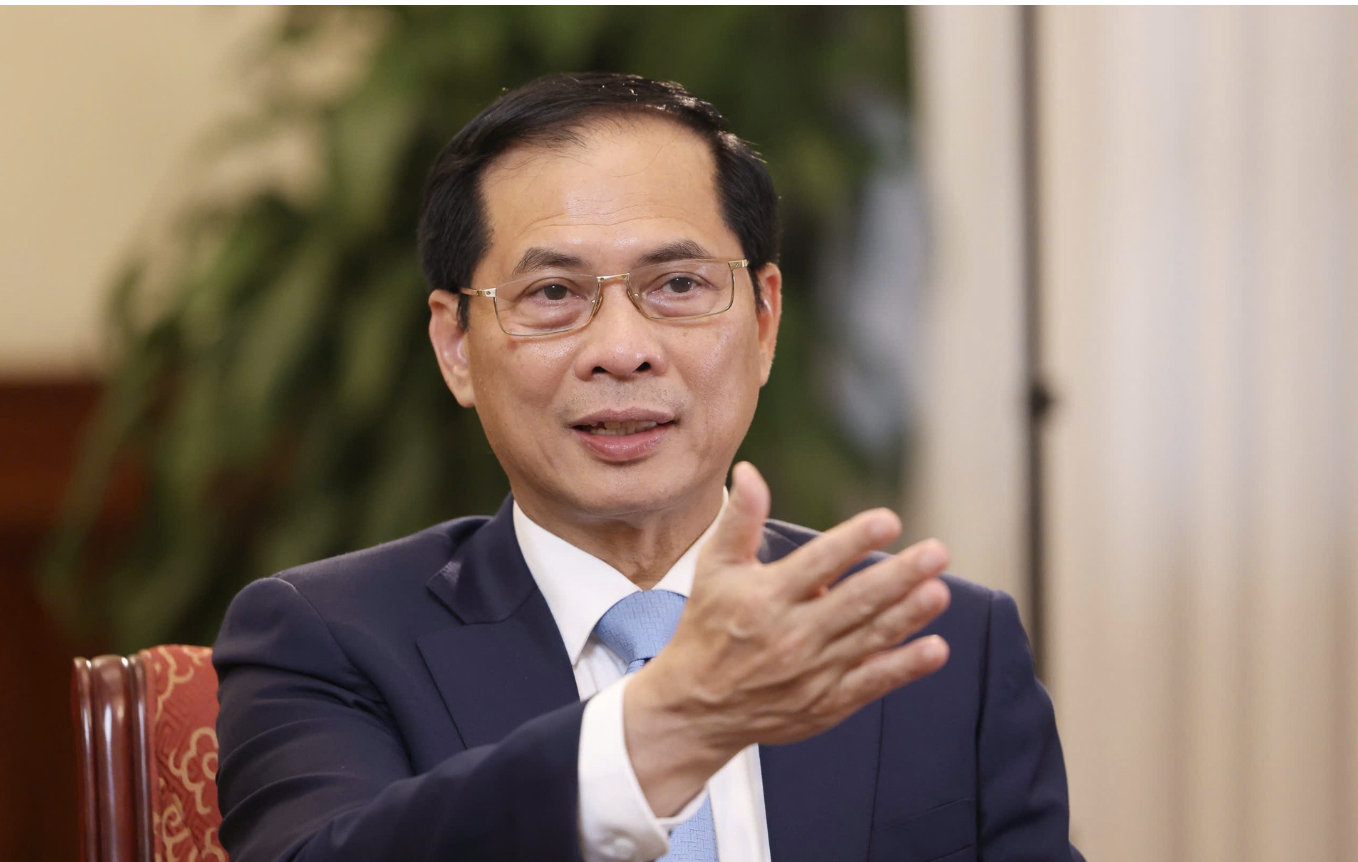

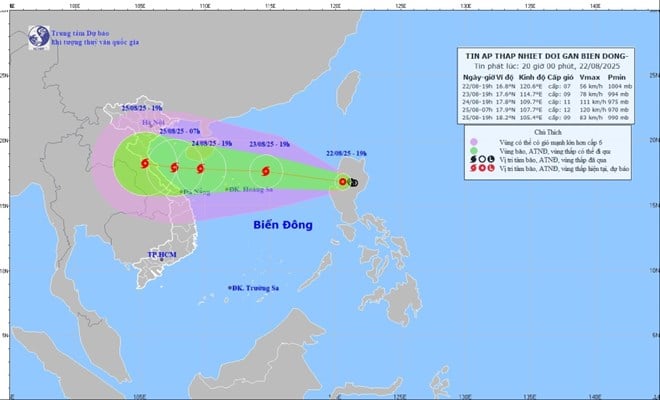



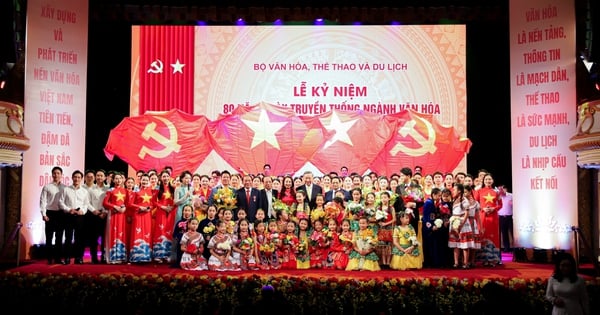

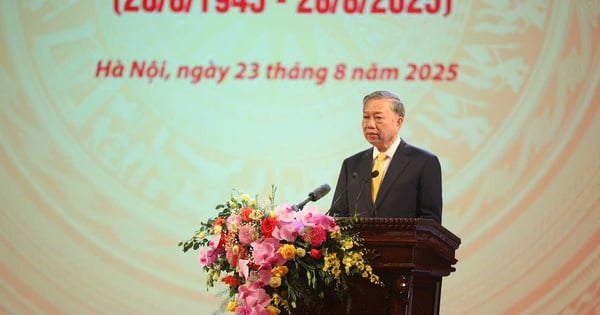
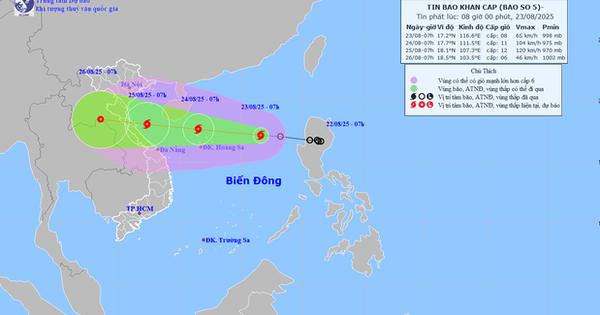

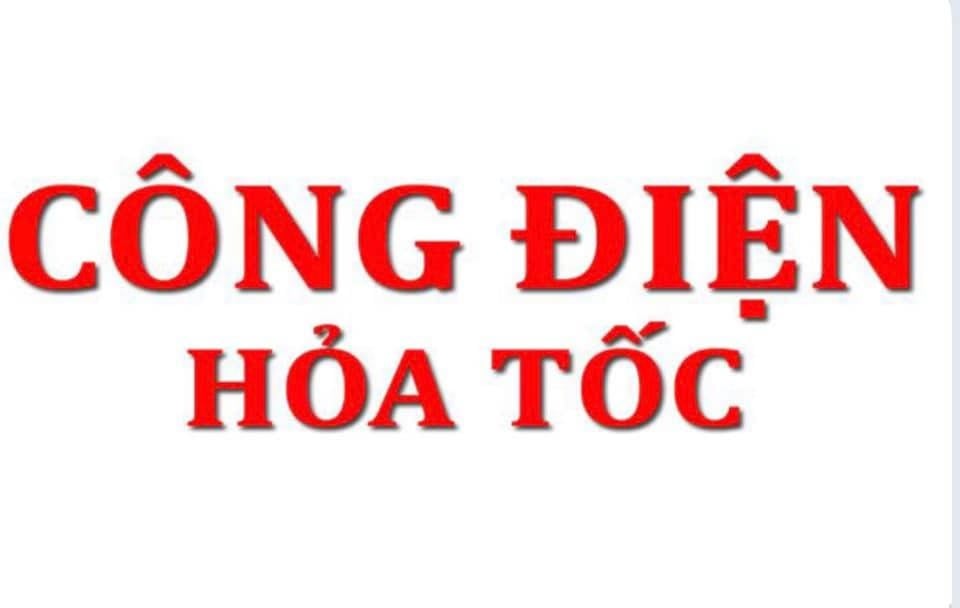

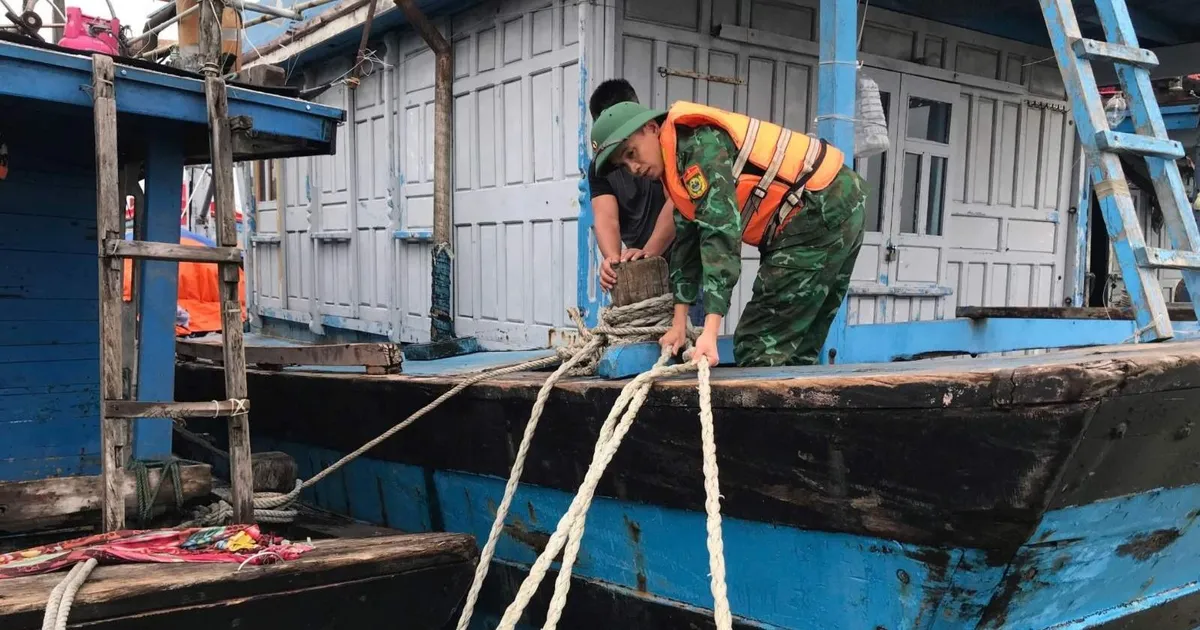
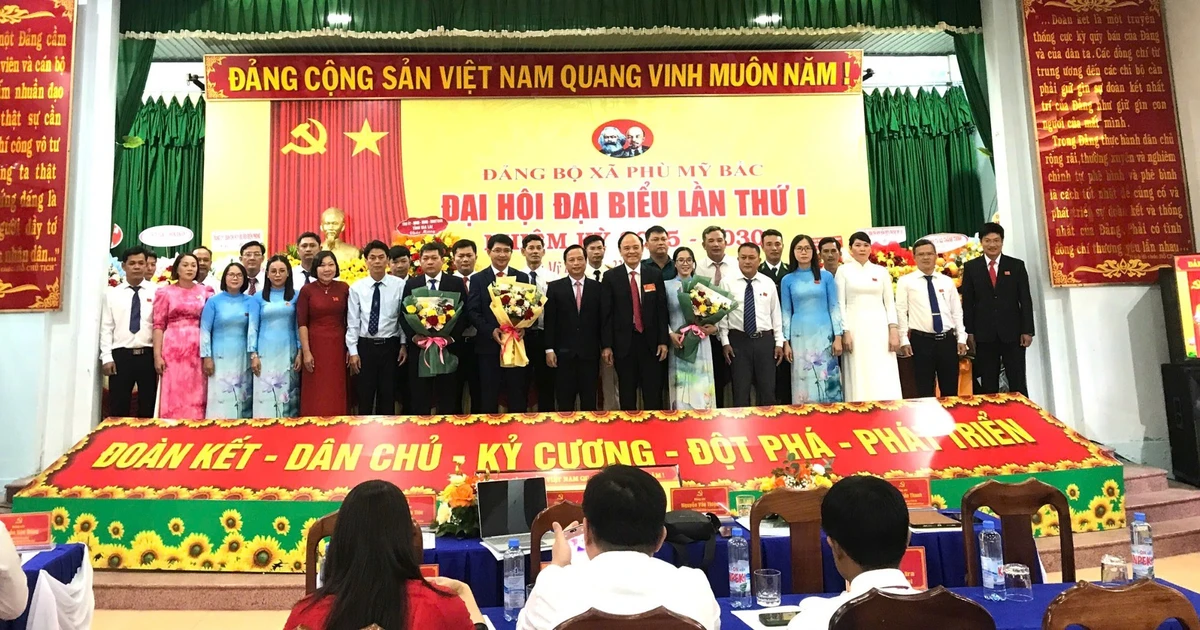

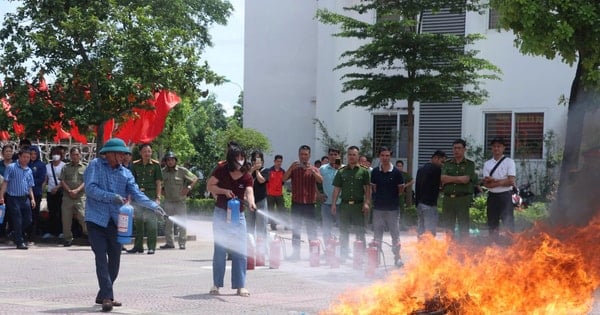

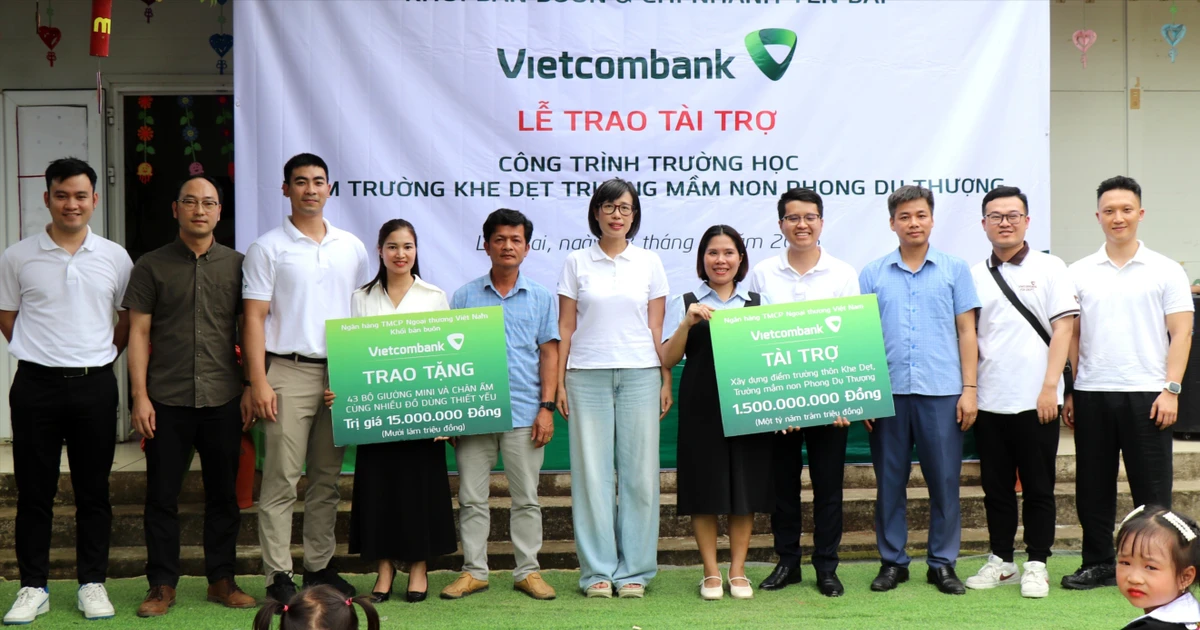

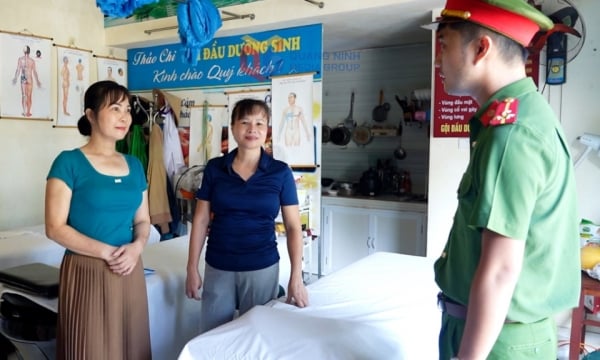
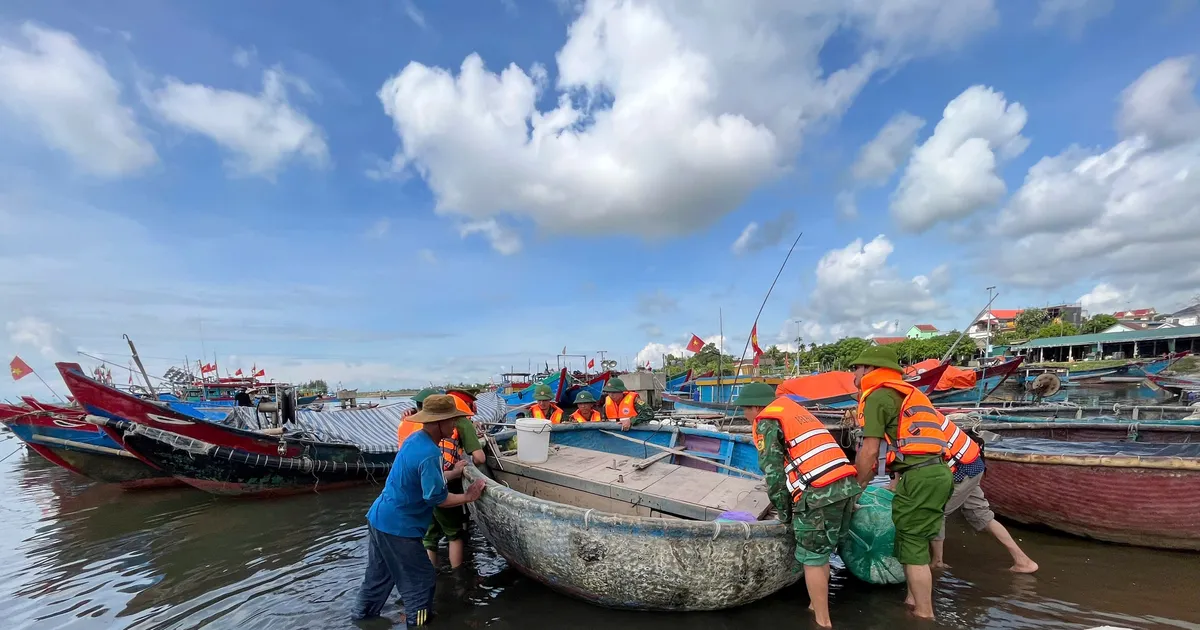




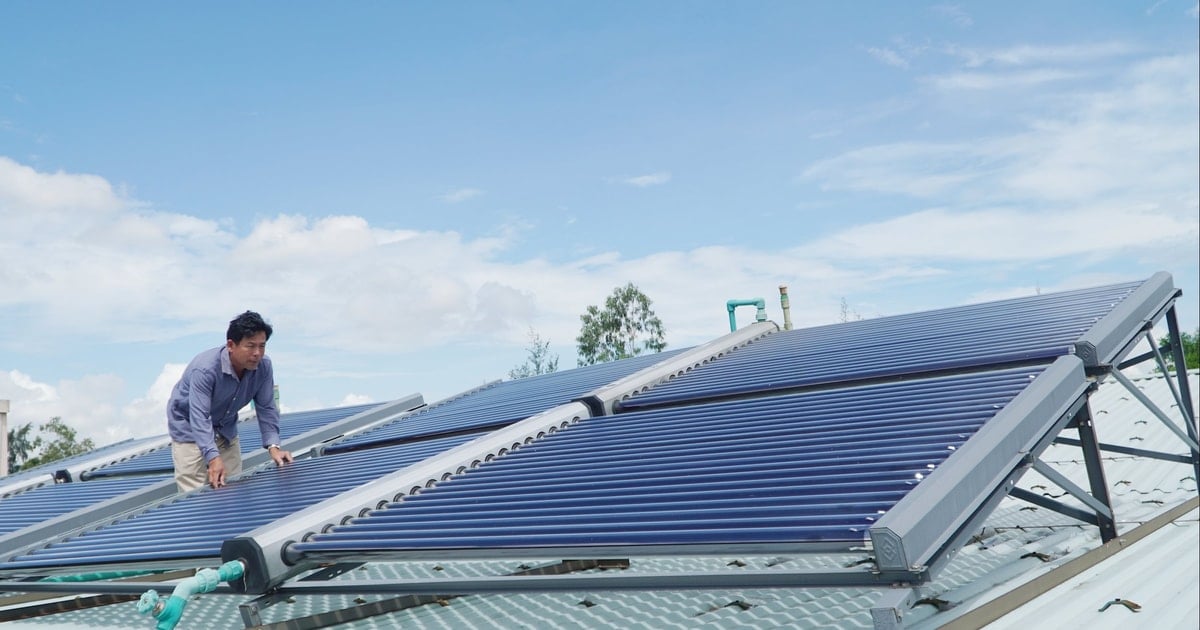

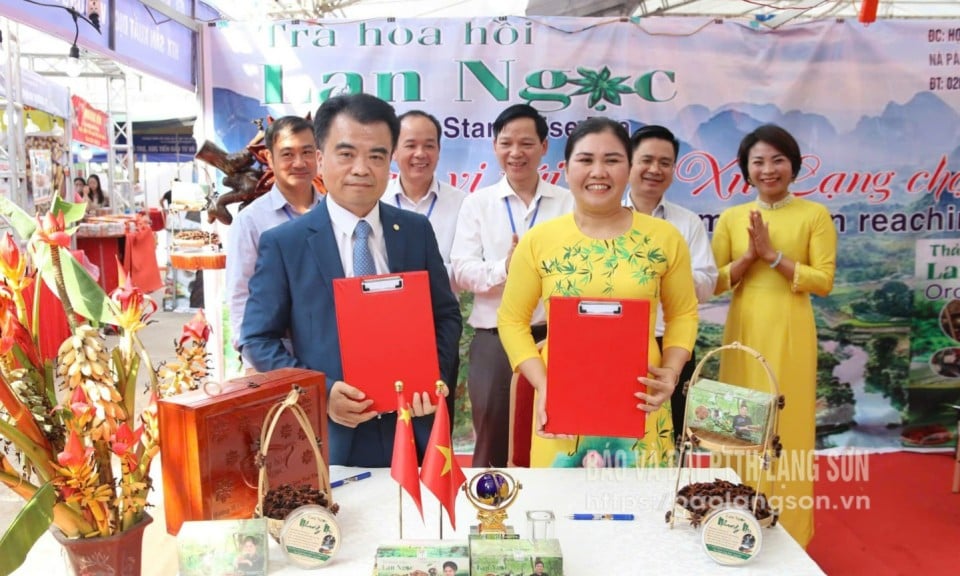

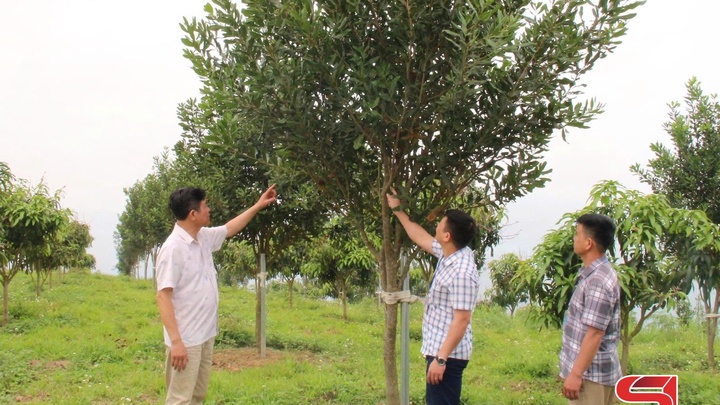






Comment (0)